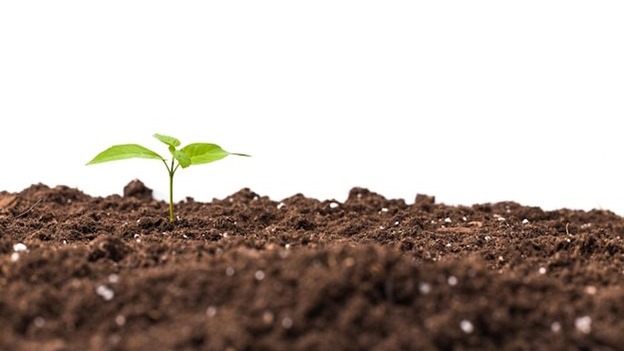5 Simple Strategies to Improve Your Soil Productivity and Reduce Environmental Impact
Healthy, productive soil is crucial for growing food, supporting agriculture, and sustaining the environment over the long haul. Farming is how most developing nations drive economic growth too. So soil does a ton of important jobs that allow both nature and people to live well. Basically, soil gives us life! It provides the ecological services that all living things rely on to survive and thrive. Without good soil, ecosystems would collapse pretty quickly. Not to mention we'd struggle to produce enough food. That's why taking care of the soil, using less chemical fertiliser and keeping it in good condition is so essential. But first, let's understand what soil productivity is!
Soil fertility generally refers to the soil's natural ability to supply plants with the right amounts of nutrients they need to grow and thrive. No harmful stuff is added! On the other hand, soil productivity is how good the soil is at producing healthy crops per piece of land. So it's about the soil's capacity for growing vegetables or food gardens.
The thing is, the soil may be fertile but could be more productive. It depends on the crops being grown, market demand, and other conditions. For example, the soil could have poor drainage, making it hard to grow crops even if the nutrients are there. In other instances, the soil could contain toxic fertilisers that hinder crop yields and reduce productivity.
5 Strategies to Improve Your Soil Productivity
Here are 5 strategies to improve soil productivity while being environmentally friendly: -
1. Crop Rotation
Crop rotation means growing different crops in succession on the same piece of land over time. Typically it follows a set sequence of planting that optimally rotates nutrient-demanding crops with nutrient-replenishing crops. Switching up the crops in each area prevents the soil from depleting nutrients. Different crops use and give back different nutrients to the soil. This natural replenishment also reduces the need for added chemicals, benefiting the environment.
2. Cover Crops
Cover crops are grown between regular cash crop cycles to cover and protect the soil. Some examples of cover crop plants are rye, clover, and alfalfa. Cover cropping naturally improves soil health and productivity. The reduced need for artificial fertilisers and chemicals also means less runoff pollution, benefiting the environment. It's a win-win soil management strategy!
3. Mulching
Mulching is all about applying a protective material layer over the soil surface around plants. Organic mulches are made from plant materials like straw, leaves, grass clippings or compost. Inorganic options include stones, plastic sheeting or geotextiles. Mulching makes soils more fertile and productive while also providing environmental benefits. Less need for irrigation, fertilisers, and pesticides reduces the agricultural impact on the ecosystem.
4. Improve Soil Structure
The texture of soil - whether it's more sandy, silty, or clayey - is important for growing plants. While we can't change the actual percentages of sand, silt and clay that make up the soil, we can improve the soil's structure. Good soil structure allows water and air to infiltrate and move through the soil. Practices like adding organic matter, growing cover crops, reducing tillage, and preventing compaction can help bind particles together to form stable aggregates. This creates little pores in the soil. With improved soil structure and fewer chemical fertilisers, plant roots can grow deeper and wider since dense layers of compacted soil do not constrain them. Furthermore, the roots have access to more nutrients and moisture this way.
5. Integrated Pest Management
Integrated pest management (IPM) takes a smart, multi-pronged approach to dealing with crop pests like weeds, insects, and plant diseases. Rather than just dousing fields repeatedly with pesticides, IPM uses a variety of safer, more natural techniques first. By limiting broad-spectrum pesticide use, IPM helps avoid chemical fertiliser buildup in the soil that can reduce microbial activity and negatively impact long-term soil health. It prevents pesticide runoff into waterways as well. This maintains productive, healthy soil fertiliser while minimising environmental side effects.
All these methods boost soil health by providing nutrients, retaining moisture, allowing beneficial microbes to thrive, and reducing chemical input. Healthier soils can support productive agriculture while impacting the environment less.



